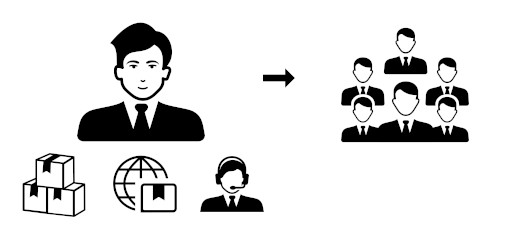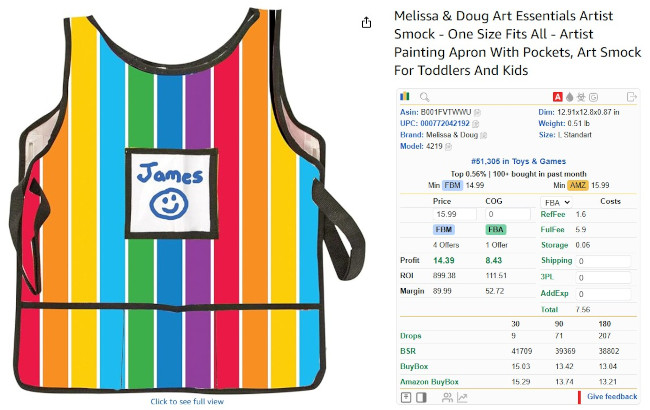FBA vs. FBM: What’s the Difference Between These Amazon Seller Models?

If you’re new to selling on Amazon, one of the first and most important decisions you’ll face is choosing how to fulfill your orders: FBA (Fulfillment by Amazon) or FBM (Fulfillment by Merchant). Each model comes with unique benefits and challenges, and understanding the differences is critical for building a successful Amazon business.
In this guide, we’ll break down what FBA and FBM mean, compare the pros and cons, and help you decide which fulfillment method is right for you.
What is FBA (Fulfillment by Amazon)?
FBA means that Amazon handles storage, packing, shipping, customer service, and even returns for your products.
How it works:
- You send your inventory to Amazon’s fulfillment centers.
- Amazon stores your products in their warehouses.
- When a customer orders, Amazon picks, packs, and ships the product.
- Amazon also handles all customer service and returns.

Pros of FBA:
- Prime Eligibility: Boosts visibility and conversions.
- Hands-Off Logistics: Amazon handles shipping and customer service.
- Faster Delivery: Uses Amazon’s fast logistics network.
- Buy Box Advantage: Better chances of winning the Buy Box.
Cons of FBA:
- Fulfillment Fees: Can reduce your profit margin.
- Storage Limits: Especially during peak seasons.
- Less Control: You can't access your inventory once sent to Amazon.
What is FBM (Fulfillment by Merchant)?
FBM means that you, the seller, handle storage, packing, shipping, and customer service for your orders.
This model appeals to sellers who want more control, have their own warehouse, or sell bulky items.

Pros of FBM:
- Lower Fees: No FBA storage or fulfillment fees.
- More Control: You manage inventory and fulfillment.
- Better for Low-Margin or Large Products: Avoid oversized FBA fees.
Cons of FBM:
- Slower Shipping: You’re responsible for delivery speed.
- Customer Service Burden: You handle returns and complaints.
- Less Buy Box Share: Harder to win without Prime shipping.
FBA vs. FBM: Quick Comparison Table
| Feature | FBA | FBM |
|---|---|---|
| Who Ships the Product? | Amazon | You (the Seller) |
| Storage Location | Amazon Warehouse | Your Own Location |
| Prime Eligibility | Yes | Not Automatically |
| Customer Service | Amazon | You |
| Fees | Higher (storage + fulfillment) | Lower (your own costs) |
| Control Over Inventory | Low | High |
| Return Handling | Amazon | You |
Which Model Should You Choose as a Beginner?
Many beginners start with FBA because it simplifies operations and gives access to Prime customers. However, if you're dealing with limited capital, bulky items, or prefer to maintain full control, FBM could be a smart starting point.
Some experienced sellers even use a hybrid strategy: FBA for fast-moving, lightweight products, and FBM for oversized or seasonal items.
Tip: Use Tools to Make Smarter Selling Decisions
Whether you're an FBA or FBM seller, using the right tools is key to staying competitive. If you're sourcing products through online arbitrage or researching Amazon listings, you need fast and reliable data.

Final Thoughts
Understanding the difference between FBA and FBM is essential for launching a profitable Amazon business. Both models have their place depending on your budget, goals, and workflow preferences.
Whichever path you choose, remember that success on Amazon isn’t just about what you sell — it’s about how efficiently and professionally you fulfill your promises to customers.
Start with SELLERAT - your trusted extension for smarter product research and data-driven decisions.